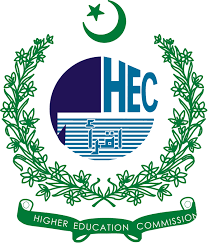Representation of Men and Women in English Proverbs: Analysis of Power Relationships
Uzma Rani, Mazhar Iqbal Ranjha
Abstract
This study explores the multiple identities of men and women in English proverbs and power relationships depicted through these identities. This research has not only discussed the representation of female gender but also covered male gender along with relationship shown between both genders in proverbs. 38 proverbs collected from two dictionaries are analyzed through the 3D model of Fairclough. All proverbs are divided into three major categories i.e., proverbs for women, proverbs for men and proverbs involving both genders. Proverbs involving women over numbered those mentioning men. Majority of the proverbs containing women have derogatory remarks for them whereas men are presented with positive connotations. A few proverbs explained the link between men and women in the form of negative and positive dependence. Proverbs involving women display a glimpse of patriarchy by portraying women as a burden, sexual object and fragile. Men on the other hand are explicitly nominated as a gender that owns the world. These proverbs are delivering such power relationships to generations and this could be one of the reasons patriarchies in different forms is still observed in the world. Studying these proverbs about their origins will further help in understanding the picture of genders in English society and how the picture has evolved socially.





